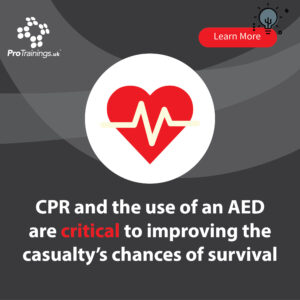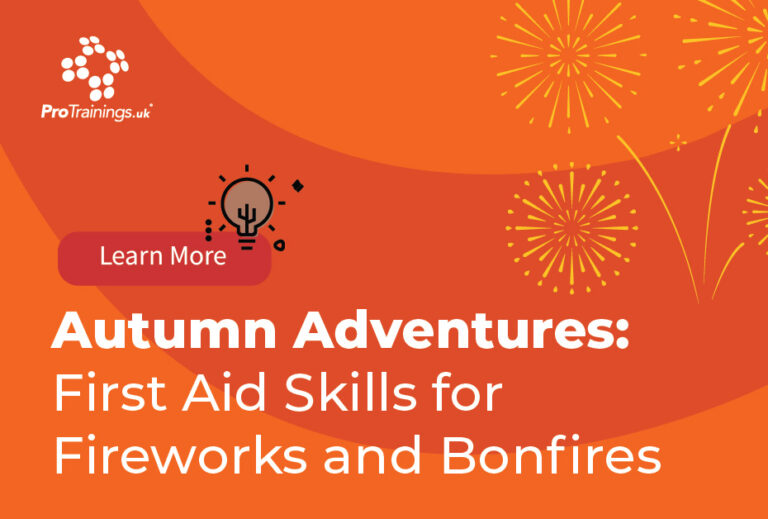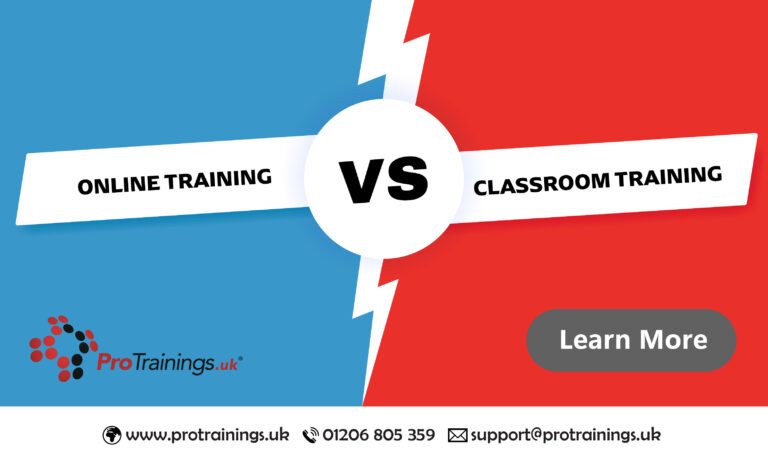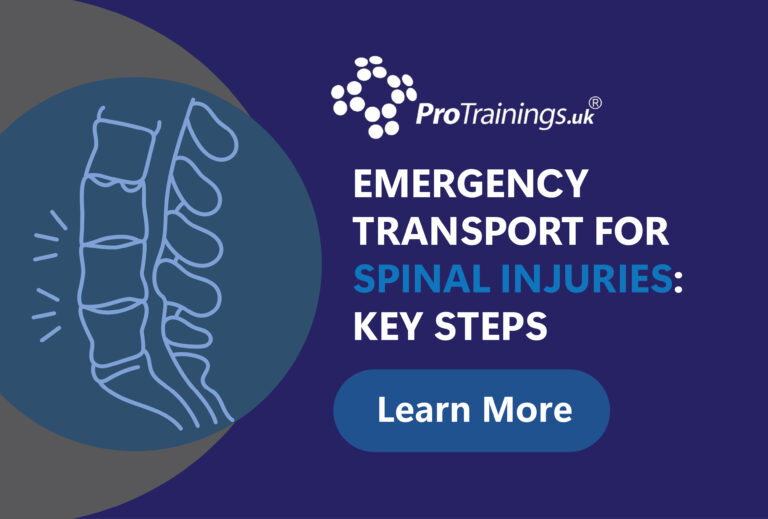Cardiac Arrest and Use of Defibrillators (AED): What You Need to Know
Cardiac arrest is a life-threatening condition where the heart suddenly stops pumping blood around the body. Without immediate intervention, it can lead to death within minutes. Knowing how to recognise cardiac arrest and use an Automated External Defibrillator (AED) can be the difference between life and death.
What is Cardiac Arrest?
Cardiac arrest occurs when the heart’s electrical system malfunctions, causing it to stop beating effectively. This prevents oxygen-rich blood from being circulated to the brain and other vital organs. A person in cardiac arrest will suddenly collapse, lose consciousness, and stop breathing or breathe abnormally (such as gasping for air).
Cardiac arrest is different from a heart attack. While a heart attack happens due to a blockage that stops blood flow to part of the heart muscle, cardiac arrest is an electrical failure that stops the heart completely. A heart attack can lead to cardiac arrest, but they are not the same.
Signs of Cardiac Arrest
- The person suddenly collapses.
- They are unresponsive.
- They are not breathing, or their breathing is abnormal (gasping or not breathing at all).
- They have no pulse (though checking a pulse is not always recommended in emergency settings).
If someone shows these signs, they are likely in cardiac arrest and need immediate help.
What to Do in the Event of Cardiac Arrest
- Call 999: Immediately call 999 for emergency services. If someone is nearby, ask them to make the call while you begin CPR.
- Start CPR: If the person is unresponsive and not breathing normally, begin chest compressions. Push hard and fast in the centre of the chest at a rate of 100-120 compressions per minute. If you are trained, combine chest compressions with rescue breaths in a 30:2 ratio. If not, hands-only CPR (just chest compressions) is still highly effective.
- Use an AED: If an Automated External Defibrillator (AED) is available, use it as soon as possible.
What is an AED?
An AED is a portable device that can analyse the heart’s rhythm and deliver an electric shock to restore a normal rhythm if needed. AEDs are designed to be used by anyone, with voice prompts and clear instructions. They are often found in public places such as shopping centres, airports, schools, and sports facilities.
How to Use an AED
- Turn on the AED: Once you have the AED, turn it on by pressing the power button or lifting the lid (depending on the model).
- Attach the Pads: Open the adhesive pads and place them on the casualty’s bare chest. One pad should be placed on the upper right side of the chest, and the other on the lower left side, just below the armpit. Some AEDs have diagrams to show the correct placement.
- Follow the AED Prompts: The AED will begin analysing the heart rhythm. Make sure no one is touching the casualty during this time.
- Deliver the Shock (if advised): If the AED advises a shock, it will either automatically deliver it or instruct you to press a button. Ensure that no one is touching the casualty when the shock is delivered.
- Resume CPR: After the shock is delivered (or if no shock is advised), resume CPR immediately. The AED will continue to monitor the casualty’s heart rhythm and advise when another shock is needed.
Why AEDs are Crucial in Cardiac Arrest
The chances of surviving cardiac arrest decrease by 10% for every minute that passes without defibrillation. The immediate use of an AED, combined with effective CPR, can significantly improve survival rates. AEDs are designed to be simple, so even those without medical training can use them confidently in an emergency.
Key Points to Remember
- Cardiac arrest is a medical emergency that requires immediate action.
- CPR and the use of an AED are critical to improving the casualty’s chances of survival.
- AEDs are safe and simple to use, and they will not deliver a shock unless it is needed.
- Never stop CPR or AED use until emergency services arrive and take over, or the casualty starts to breathe normally again.




